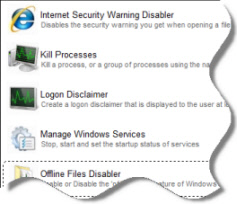Hi,
This the analysis of the etl file:

It clearly shows that explorer.exe takes up almost 50% cpu, and the culprit of the high CPU is two threads under the process: TID 4852 (24%)and TID 9184(24%) (the number of TID can be different each time you capture the trace), to further find out what the
TID refers to, you can use process explorer to find process running under explorer.exe, find the culprit
http://technet.microsoft.com/en-us/sysinternals/bb896653.aspx
 Or use Process monitor, filter the two TIDs (it depends on the real-time capture result), then see what
the two TIDs refer to.
Or use Process monitor, filter the two TIDs (it depends on the real-time capture result), then see what
the two TIDs refer to.
Add:
There's another tool named shellExView which can list shell extensions within Windows Explorer, you can refer to the guide below to disable third party extensions, test the result
http://www.nirsoft.net/utils/shexview.html
NOTE: Please Note: The third-party product discussed here is manufactured by a company that is
independent of Microsoft. We make no warranty, implied or otherwise, regarding this product's
performance or reliability.


